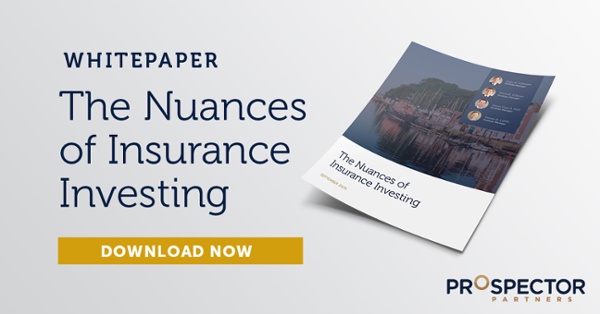As we move firmly into hurricane season, the number of storm systems heading toward (or already making contact with) the eastern United States is already breaking records.
As the Washington Post reports, this week there were seven systems working their way across the Atlantic Ocean. This included Hurricanes Paulette and Sally, Tropical Storms Rene, Teddy and Vicky, and two more developing systems. This marked the second time in history that five or more tropical cyclones (storms with closed low-pressure centers) moved across the Atlantic simultaneously.1
Another interesting tidbit is how the increase in storms may exhaust the World Meteorological Organization’s list of storm names for 2020. There have been 20 named storms this year, far outpacing the average of 11.
“The WMO rotates alphabetical lists of storm names every six years. The lists alternate male and female names, and only exclude five letters of the English alphabet: Q, U, X, Y and Z. If more than one storm forms before the end of the season, researchers will use the Greek alphabet to name future cyclones. This has only happened once in WMO history, after hurricanes Katrina, Rita, and Wilma all touched down in 2005.”2
One obvious repercussion from the elevated cyclone activity is its potential effect on the insurance industry, specifically, the reinsurance sub-industry.
Hurricane losses in 2020 are occurring on top of losses from COVID-19, significant wildfires in the western U.S., and a derecho in the mid-west; the amalgamation of these losses is material. In the world of reinsurance, every major catastrophe leaves its residual impact on the industry. The lessons learned from Hurricane Andrew, September 11th, Hurricane Katrina, and many others yield prospective changes in insurance companies’ risk appetites, capital requirements, and importantly, prospective assessment for pricing adequacy. The investment community response to these mega events typically follows the same pattern. Property-casualty stocks initially decline, as focus is placed on assessing the losses incurred by the industry and individual companies, and the remaining capital adequacy. Once the losses can be ascertained, investor focus shifts to prospective pricing improvements and the stocks typically perform well, as future earnings improvement is discounted into current valuations. We expect this playbook to unfold once again.
Reinsurance renewals in June and July are material (seasonally) and price increases were meaningful. Importantly, terms and conditions were also tightened/improved. The aforementioned loss activity has already translated into reinsurance company behavior changes that are likely to improve prospective returns. We are confident that investor interest in the space will improve as this period of uncertainty passes.
In general, the valuations assigned to property and casualty reinsurers are attractive and pricing power is likely to persist throughout our investable timeframe. The sector remains one of our higher conviction investment themes in these uncertain times.
If you would like to read more on this subject, we encourage you to explore our white paper The Nuances of Insurance Investing, available below.
1https://www.washingtonpost.com/weather/2020/09/14/atlantic-hurricanes-storms-cyclones/
2https://www.cbsnews.com/live-updates/hurricane-sally-gulf-coast-mississippi-louisiana-2020-09-15/


